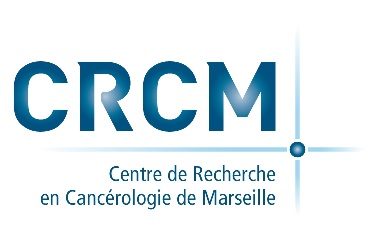STIM1 translocation to the nucleus protects cells from DNA damage
Résumé
DNA damage represents a challenge for cells, as this damage must be eliminated to preserve cell viability and the transmission of genetic information. To reduce or eliminate unscheduled chemical modifications in genomic DNA, an e xtensiv e signaling netw ork, kno wn as the DNA damage response (DDR) pathw a y , ensures this repair . In this w ork, and b y means of a proteomic analysis aimed at studying the STIM1 protein interactome, w e ha v e f ound that S TIM1 is closely related to the protection from endogenous DNA damage, replicativ e stress, as w ell as to the response to interstrand crosslinks (ICLs). Here we show that STIM1 has a nuclear localization signal that mediates its translocation to the nucleus, and that this translocation and the association of STIM1 to chromatin increases in response to mitomycin-C (MMC), an ICL-inducing agent. Consequently , STIM1 -deficient cell lines show higher levels of basal DNA damage, replicative stress, and increased sensitivity to MMC. We show that STIM1 normalizes FANCD2 protein levels in the nucleus, which explains the increased sensitivity of STIM1-KO cells to MMC. This study not only un v eils a pre viously unkno wn nuclear function for the endoplasmic reticulum protein STIM1 but also expands our understanding of the genes in v olv ed in DNA repair.
| Origine | Fichiers éditeurs autorisés sur une archive ouverte |
|---|
